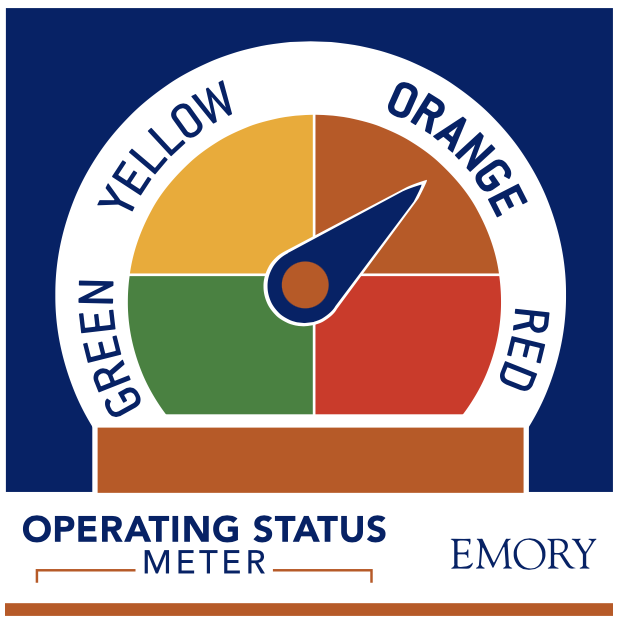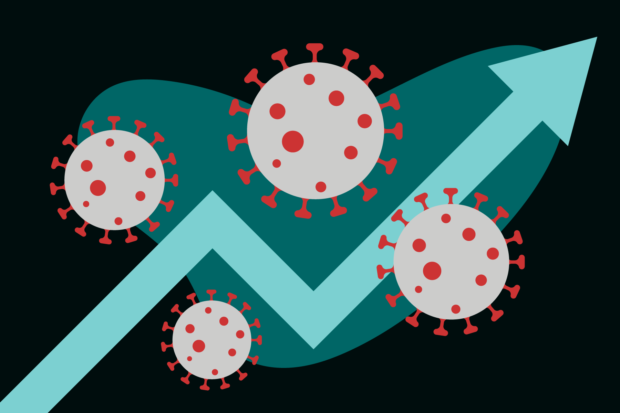Posted on 29 December 2021.
Roughly three months have passed since I wrote an article previewing the Atlanta Falcons’ season. The Falcons now find themselves with a 7-8 record, and I find myself revisiting my early predictions. With a quarter of the season remaining and the playoff race intensifying, I will once again examine the highlights and lowlights as well as what can be expected from the Falcons in the waning weeks of their season.
The good news
Before the start of the season, I predicted that the Falcons would finish with a record of 8-9. After finishing last season 4-12, the Falcons have already surpassed their win total from last year. In addition, their only losses this year have been to teams with equal or better records than them, two of which were one possession games.
Two of the brightest spots on Atlanta’s roster have been veteran running back Cordarelle Patterson and rookie tight end Kyle Pitts. I had high hopes for Pitts going into the season, and despite difficult circumstances, Pitts has met and surpassed all expectations.
Pitts is third among all tight ends in receiving yards (949), third in yards per reception (14.8) and sixth in total receptions (64). In addition to Pitts’ stellar play, Patterson has also been one of the most exciting offensive playmakers in the league this season, acting as a dual threat in Atlanta’s rushing and passing games. Patterson is second in receiving yards by a running back (523), third in receiving TDs by a running back (5) and fifth in receptions by a running back (49), not to mention he’s also tallied 579 rushing yards and six rushing TDs on only 140 attempts.
Though the Falcons face an uphill battle — and have the lowest chance of making the playoffs among the six other NFC contenders at 1.2% according to ESPN’s Football Power Index — they find themselves in the hunt for playoff contention. With two games remaining, the Falcons’ destiny rests largely in their control.
If the Falcons manage to win out to end the season, they have a high probability of a playoff berth at 9-8.
The Falcons play the Buffalo Bills (9-6) and New Orleans Saints (7-8), respectively, to close out the season. With the exception of the Bills, the Falcons’ remaining schedule not only consists of teams with .500 or worse records, but also one of the six teams they vie with for a remaining playoff spot in the NFC. Should the Falcons win out, they would immediately edge out the 49ers and Saints for a remaining playoff spot.
In addition to Atlanta’s opponents, the Philadelphia Eagles (8-7), Washington Football Team (6-9) and Minnesota Vikings (7-8) look to secure one of the two remaining playoff spots in the NFC. With Washington and Philadelphia squaring off one more time before the end of the season, a single loss for either team would put the Falcons ahead of them.
In other words, the Falcons have a chance, despite struggling on both sides of the ball and facing stiff competition against a division rival and a tough Bills team. If they manage to win out, they have a shot at making the playoffs.
The bad news
Despite hovering near the bottom tier of NFC playoff contenders and remaining in the hunt for the six or seven seed, the Falcons are by no means a playoff-ready team. Not only are they not playoff-ready, but the Falcons have statistically fared worse than they did last season — a season which resulted in the firing of the head coach, offensive and defensive coordinators and the third-worst record in the league at 4-12.
While Atlanta has relied more heavily on offense to win them games in recent years, often winning their games in “shootout” fashion, the offense has taken a massive step backwards this season. Atlanta’s offense has been significantly worse this year compared to last. The Falcons rank 25th in average points per game (18.5), 31st in average rushing yards per game (86.2), 16th in average passing yards per game (223.3) and 25th in average total yards per game (309.4). In comparison to last season, the Falcons average 6.0 fewer points per game, 4.7 fewer rushing yards per game, 47.4 fewer passing yards per game, and 52.0 fewer total yards per game.
On the defensive side of the ball, the Falcons are once again performing in the bottom tier of all NFL teams. Atlanta ranks 28th in average points allowed per game (26.7), 22nd in average rushing yards allowed per game (120.9), 23rd in average passing yards allowed per game (244.0) and 24th in average total yards allowed per game (364.9). Compared to last season, the Falcons defense this year has allowed an average of 1.3 more points per game and 12.3 more rushing yards per game. However, the team has improved in passing and total yards allowed per game, with an average of 46.1 fewer passing yards and 33.9 fewer total yards allowed per game.
While the latter statistics suggest defensive improvements, the Falcons still rank in the bottom tier of all NFL teams in either category. In conjunction with a lackluster offense — averaging over eight more points allowed than scored, more than 55 more yards allowed than gained and a turnover differential of -5 — it seems almost miraculous that the Falcons have already surpassed their win total from last season.
Safe prediction revisited
I predicted that the Falcons would end up at 8-9 before the season started. More than three months later and with four games left to play, I stand by my original prediction. While I still believe the Falcons will end up at 8-9, they are trending upwards and in my opinion are more likely to end up 9-8 than 7-10. At 9-8, the Falcons would have a decent shot at a playoff berth, but I just don’t see them edging out the talented and desperate Buffalo Bills team. I am hopeful that the Falcons will sneak their way into the playoffs, but in terms of my unbiased prediction, I predict that they will come up a bit short.
Bold prediction revisited
After predicting that Matt Ryan would be replaced as starting quarterback (QB) by the likes of either Josh Rosen or Feleipe Franks, I can safely say that I was off on this one. While Rosen and Franks have each taken a few snaps this season at QB, neither has contended for Ryan’s job as starter. Rosen completed two of his 11 passing attempts for a total of 19 yards and two interceptions, while Franks threw an interception on his only passing attempt of the season and added six rushing yards on three rushes. While my prediction was incorrect, it was based primarily on my feeling that Ryan would not return to his former glory and would instead take a big step back in production.
Ryan has indeed looked less sharp than last season and much of his career, putting him on track to just barely surpass 4,000 passing yards: a mark that if he misses would be his first time since 2010. His quarterback rating is also a career worst at 49.2 (18th), and his TD-INT ratio on the season is 17-11. In short, while Ryan ranks somewhere around the mid-tier of QBs this season, statistically, this has been one of the worst seasons of his career. At age 36, there is no indication that things will improve for Ryan going forward, and in the name of his legacy and the future of the Atlanta Falcons, I predict that Ryan will retire from the NFL at the end of this season.
Ryan’s legacy has already been carved out as the best QB in Falcons history, with more than double the passing yards and TDs of Streve Bartkowski at number two, and nearly 100 more games played than any other QB in team history. He will long be remembered as Matty Ice, but I think at the end of the season, it will be time for him to put his career on ice as well.

Falcons QB Matt Ryan throws the ball in a game against the Washington Football Team earlier in the 2021 season. (Wikimedia Commons/All-Pro Reels)
The post Falcons eye first playoff appearance since 2017 appeared first on The Emory Wheel.



































